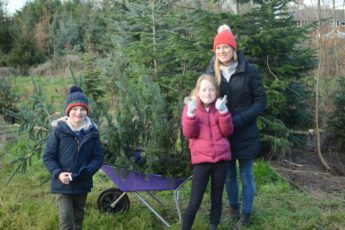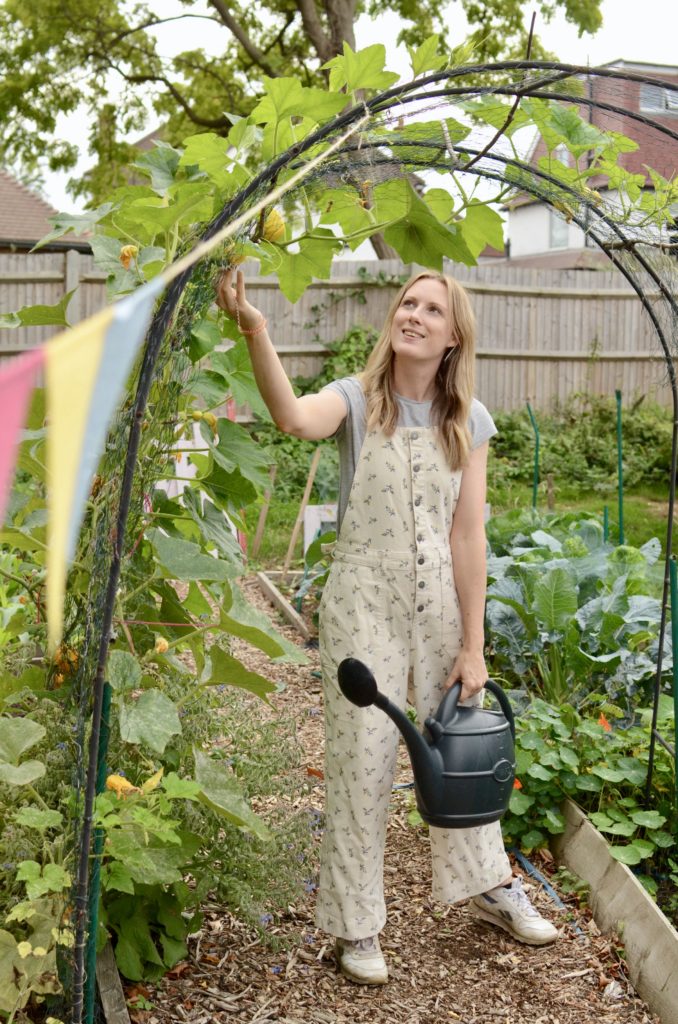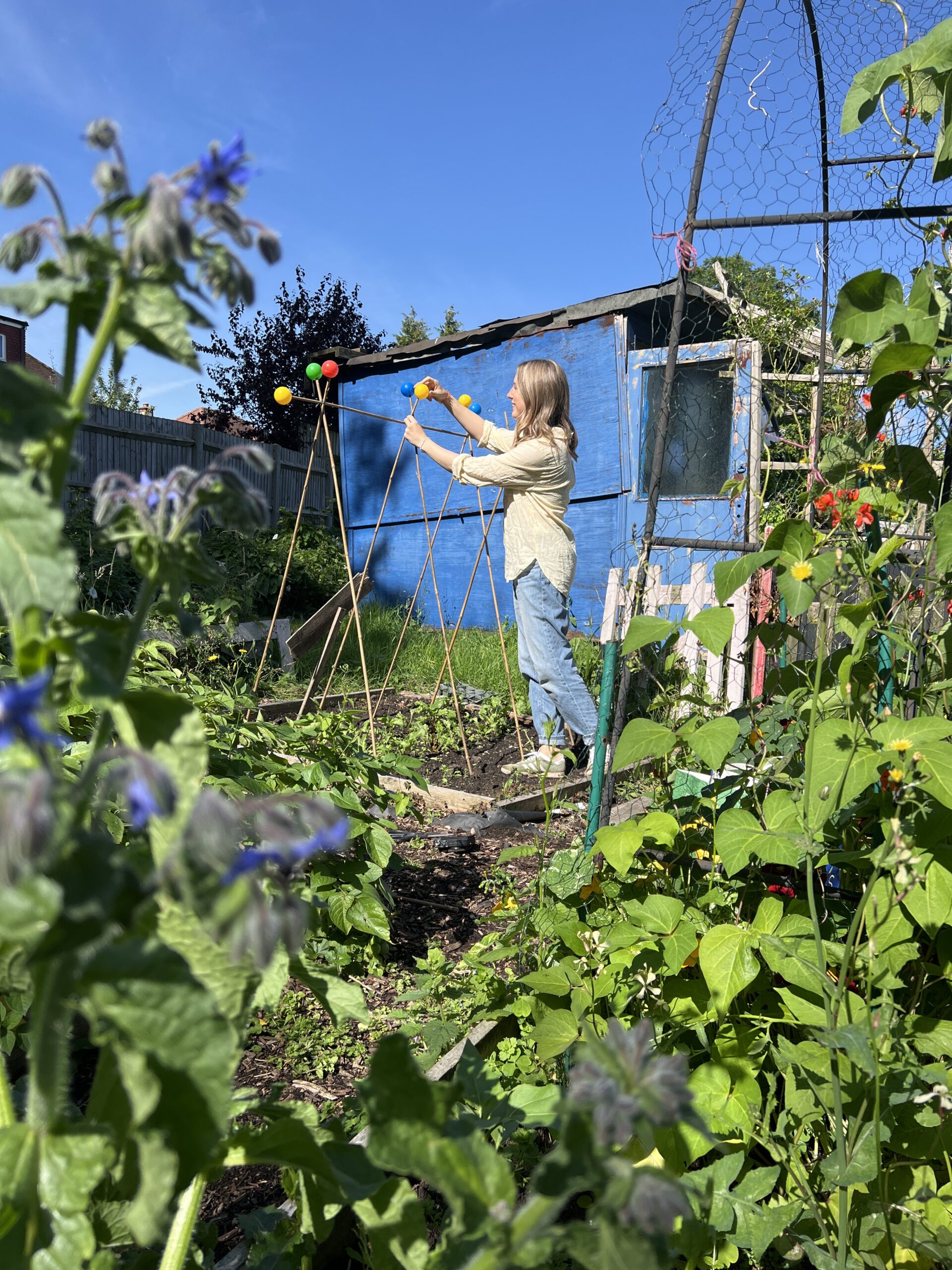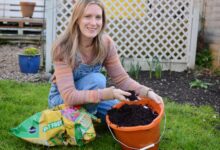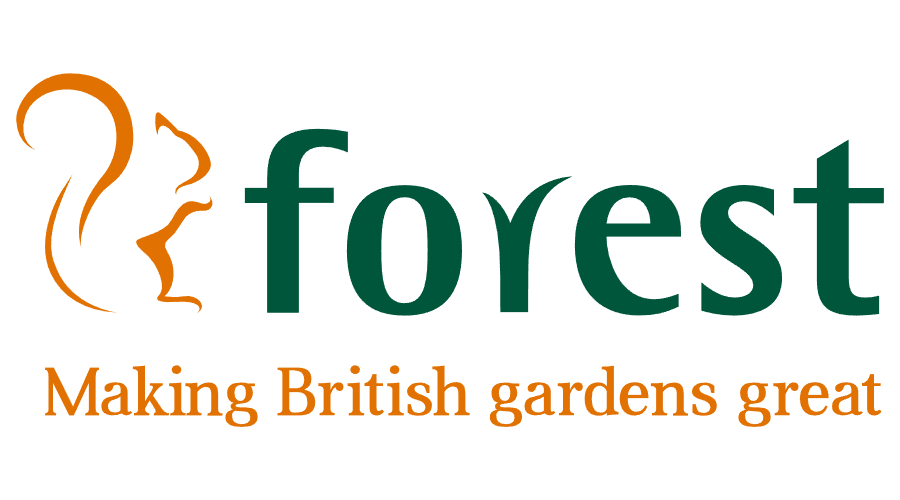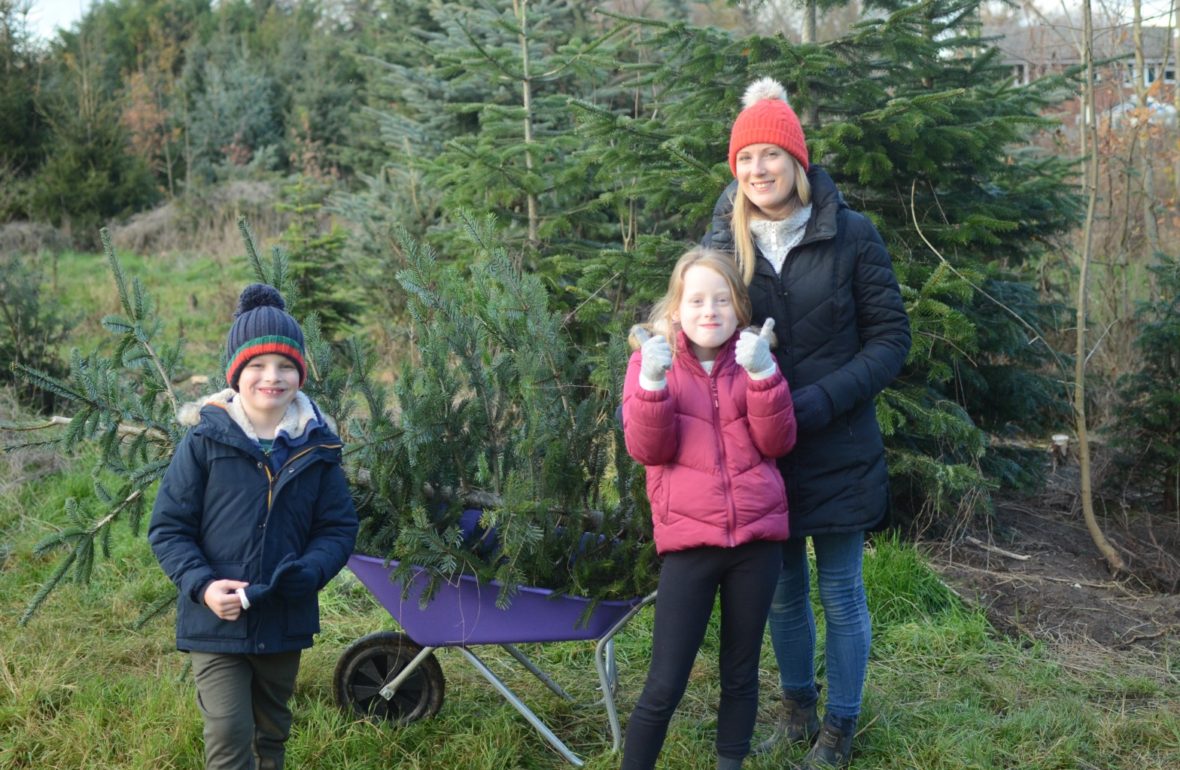
Pick a pine tree from the lot, slim and tall or short and squat…
It’s my children’s absolute favourite Christmas activity. I am of course talking about chopping down our family Christmas tree. It’s something we have been doing for a few years now and has become one of those traditions we can’t seem to shake. Nothing says Christmas to us like driving out to the Christmas tree farm and standing in the rain, giggling at my husband as he awkwardly bends across spiky branches to saw a tree down that I spent the best part of an hour choosing. The kids take it in turns to push it towards the pay station in a rickety wheelbarrow, where it is swiftly tied and then compacted into our car between the children’s seats.
It’s always far too big for our living room, covered in spiders and slightly wonky, but you just can’t beat that fresh pine smell wafting through the house! I’ve always believed a real Christmas tree is the better option, environmentally speaking. By choosing a real tree, I am not adding to the plastic crisis and by going to a local farm, I am reducing my carbon footprint significantly. After Christmas time, I always compost our tree at my allotment plot, using it for ericaceous mulch, or to make new pathways. Every bit of my tree is used, recycled and given back to the Earth. One big cycle of eco-friendliness. Right?
Maybe not. According to a study by Ellipsos, buying a real Christmas tree may not be as eco friendly as we all like to think. Christmas tree farms are often praised for replanting hundreds of trees in place of the ones picked, but could it be that these farms are actually displacing biodiverse natural ecosystems?
Ellipsos also found that while trees do suck up carbon in our atmosphere, there is a debate as to whether they actually release more than they absorb in their first 20 years of life. Christmas trees are often cut down in their teenage years, before their carbon sucking powers reach anywhere near their maximum potential. Many of the trees in these farms are also sprayed with various pesticides, lots of which are actually illegal to use domestically. So could it be that real tree’s are not as environmentally friendly as I had first thought?
I did a poll on my instagram, asking followers whether they believed a real or fake Christmas tree was more eco friendly, and the results were a little surprising. 57% of people surveyed believed a fake Christmas tree, bought out year after year would be more environmentally friendly than chopping down a real one.
I’m sure we can all list the problems with an artificial tree. Most substantial is the fact that most of the artificial trees are made with a plastic called PVC (polyvinyl Chloride), which is arguable the worst kind of plastic and incredibly difficult to dispose of. Then there is the huge carbon footprint that goes into making and then transporting these trees to your door; many of them are manufactured in China after all.
Of course, if you reuse your artificial tree year after year, your carbon impact changes significantly and can actually outweigh the negative effects caused by getting a new real one every year. This was a clear trail of thought for many of my instagram followers who were surveyed. However, in order to reach that magic tipping point to go from carbon problem to carbon neutral, you would have to reuse the same fake tree for almost 20 years.
So it’s pretty clear that neither option offers a completely carbon free solution to the problem.
So maybe there is a third option? I started to look into potted Christmas trees and was really excited by just how many options there are for these. The London Xmas Tree Rentals allows you to rent a potted Christmas tree for the holidays and then return it. The trees are then cared for until they reach about 7 foot after which, they are retired and planted out in the wild to live out the rest of their years with all their friends, presumably boasting about the amount of lights and baubles each one had in his younger years. It’s a really humbling thought actually, that we could use these trees and then allow them to continue to grow and flourish into full adults.
It’s definitely food for thought and a conversation worth having. No one wants to be the Grinch of Christmas, but it is important now more than ever to question the way things are done. Traditions are traditions because we make them that way. But that doesn’t mean they can’t be tweaked and adapted to our ever changing world. No one is saying we all need to go out and get a potted tree this year, but maybe it is something to consider. There’s nothing wrong with raising the question.
Let’s start new traditions. Traditions where we put nature first, traditions where we consider our environment before our décor and traditions where we think of the future of our planet so that our children can have one.


